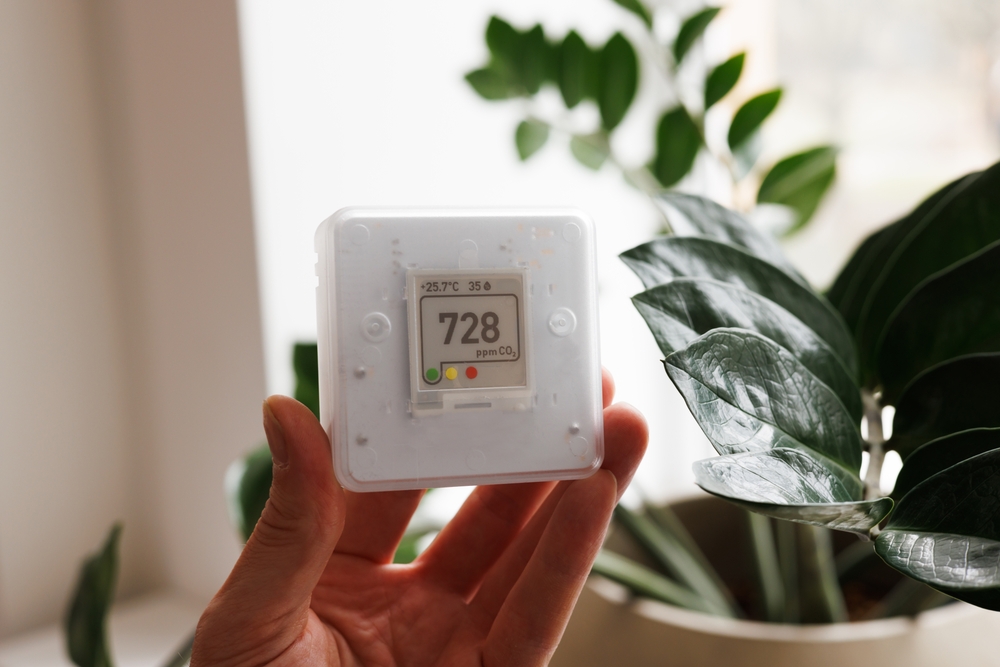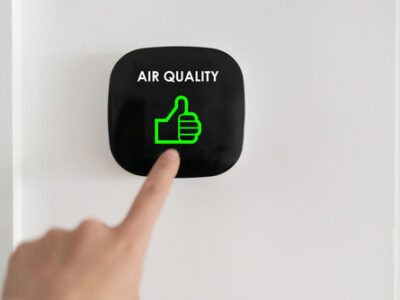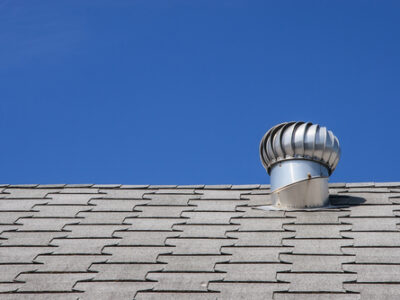How to Improve Indoor Air Quality in Your St. Louis Home
Maintaining high indoor air quality in your St. Louis home is critical for both your health and comfort. With fluctuating Midwest weather, pollen in the spring, and increased indoor time during the cold winters, your home can easily become a trap for dust, allergens, and harmful contaminants. Thankfully, modern advancements in HVAC technology and air purification systems offer effective solutions to combat these issues. In this guide, we’ll explore how homeowners in St. Louis can significantly improve their indoor air quality, focusing on strategies that include professional air purifier installation, upgrading HVAC systems, and exploring high-efficiency solutions like those offered by Sanuvox.
The Importance of Indoor Air Quality
Indoor air quality refers to the condition of the air within and around your home, especially as it relates to the health and comfort of occupants. In a typical St. Louis home, indoor pollutants can originate from multiple sources—cooking, pet dander, cleaning products, outdoor allergens, and even the building materials themselves. The issue becomes even more pronounced in tightly sealed homes, which are common in the region due to the need for energy efficiency during cold winters and humid summers.
Poor air quality can lead to a range of health problems including allergies, asthma flare-ups, respiratory infections, headaches, fatigue, and even long-term cardiovascular issues. Children, elderly individuals, and people with pre-existing conditions are especially vulnerable. For this reason, focusing on air purification and ventilation is not just a lifestyle upgrade—it’s a health necessity.
How HVAC Systems Affect Indoor Air Quality
Your HVAC system plays a central role in regulating indoor air quality. Most systems are designed to maintain comfortable temperatures, but modern HVAC solutions also include features that actively clean the air. In St. Louis, where seasonal temperature extremes are common, HVAC systems often run year-round, circulating air through your home continuously. If your system is outdated or poorly maintained, it can become a breeding ground for mold, bacteria, and dust accumulation, which are then dispersed into your living spaces.
Indoor air quality HVAC upgrades typically involve advanced filtration systems, humidity control, and ultraviolet (UV) light sanitation. One of the most effective ways to enhance your current setup is through the integration of high-quality air purifiers directly into your HVAC system. This ensures that the air being heated or cooled is also being purified, eliminating a wide spectrum of pollutants before they reach your lungs.
Why Professional Air Purifier Installation Matters
While portable air purifiers are readily available at most home improvement stores, they are not a long-term or whole-house solution. For comprehensive protection, particularly in larger homes or those with specific health concerns, a professionally installed system is a far better option. Air purifier installation done by a qualified HVAC technician ensures that the system is correctly matched to your home’s square footage, ductwork, and specific air quality challenges.
In the St. Louis area, homes often deal with seasonal allergens like ragweed and mold spores, which require more sophisticated purification methods. Professional installation allows for seamless integration with your existing HVAC system and provides options such as HEPA filtration, activated carbon filters, and UV-C light sterilization. This tailored approach maximizes efficiency and ensures your investment delivers measurable improvements in air quality.
Moreover, a professional installer can evaluate your home’s air return and ventilation design to ensure balanced air flow. This helps avoid creating pressure imbalances that can draw outdoor air pollutants into your home or force air stagnation in certain rooms. In many cases, professional installers will also conduct indoor air quality tests before and after installation, giving you data-backed insights into the effectiveness of your new system.
The Benefits of Using Sanuvox Air Purifiers
Among the top technologies in the air purification market is the Sanuvox brand, renowned for its innovative use of ultraviolet light to eliminate airborne contaminants. Sanuvox air purifiers are engineered to destroy biological pollutants like viruses, bacteria, and mold spores, which are especially prevalent in humid Midwestern climates like St. Louis. These systems go beyond traditional filters by neutralizing pathogens at the molecular level, providing a high standard of sanitation.
Sanuvox systems can be installed directly into your HVAC ductwork, where they continuously treat the air as it passes through. This not only improves indoor air quality but also helps maintain the cleanliness of your HVAC components, prolonging the life of your system and reducing maintenance needs. The UV-C technology used by Sanuvox has been tested in medical and commercial settings, making it a trusted option for residential use as well.
What makes Sanuvox particularly suitable for homes in St. Louis is its adaptability. The system can be customized based on your home’s size, layout, and ventilation characteristics. Whether you’re dealing with pet dander, cigarette smoke, mold, or seasonal allergens, Sanuvox offers targeted solutions that traditional systems simply can’t match. Combined with energy efficiency and silent operation, it’s an ideal choice for families seeking top-tier air purification without intrusive noise or bulky equipment.
Creating a Long-Term Strategy for Air Quality in St. Louis
Improving your indoor air quality isn’t a one-time event—it’s an ongoing process that involves proper system selection, routine maintenance, and lifestyle adjustments. Start by scheduling a professional inspection of your HVAC system to identify potential inefficiencies or contaminants. If you haven’t yet installed a whole-house air purifier, consult with a licensed technician about options like Sanuvox systems that integrate seamlessly into your existing setup.
Routine HVAC maintenance is another critical step. Filters should be replaced regularly—at least every three months, and more often if you have pets or allergies. Your ducts should also be cleaned every few years to prevent buildup of dust, mold, and debris. Investing in a programmable thermostat and humidity controls can further enhance air quality by keeping your environment within optimal humidity levels (ideally 30–50%).
Consider additional improvements such as sealing air leaks in windows and doors, using low-VOC (volatile organic compounds) paints and finishes, and maintaining a regular cleaning schedule with HEPA-filter vacuums. For those in urban parts of St. Louis or near construction zones, an air quality monitor can help you stay alert to spikes in pollution and respond accordingly.
Conclusion
Ultimately, the key to maintaining superior indoor air quality lies in a balanced approach that combines technology, professional guidance, and mindful habits. By leveraging advanced systems like those from Sanuvox and working with HVAC professionals for air purifier installation, St. Louis homeowners can protect their families and enjoy a healthier, more comfortable indoor environment year-round.
Need HVAC Services in St. Louis, MO?
Keep cool or stay warm with Ashley Brothers Heating & Cooling. Since 1999, Ashley Brothers have been providing residential and commercial services to the St. Louis and Jefferson County area. We specialize in the installation of new equipment, heating and cooling repair, and furnace cleaning. Craftsmanship is important, equipment choice is too. We work with only top brands like Amana, Goodman, York, and McLain. It is understandable that replacing or upgrading your equipment can be daunting. Ask us about financing. We repair all heating and cooling equipment brands. Heating and cooling repairs can happen at random, take advantage of our 24-hour emergency service. Call us today about your concerns.


 Hazards of Poor Air Quality in the Home
Hazards of Poor Air Quality in the Home What Is An Attic Fan?
What Is An Attic Fan?